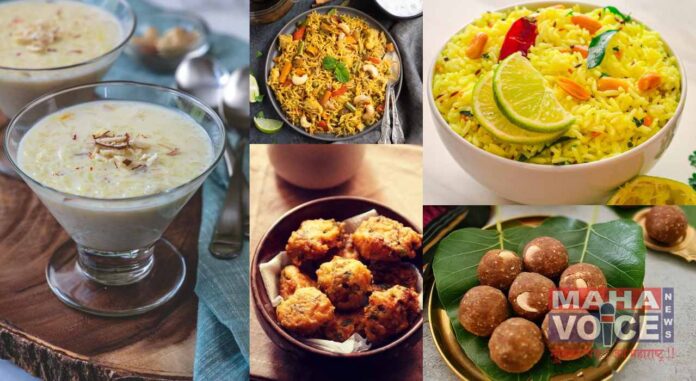By: Dr. Kaviraj Khialani- Celebrity Master Chef
Introduction to Organic Food
Organic food refers to food products that are produced using organic farming methods. Organic farming is a system of agriculture that relies on ecological processes, biodiversity, and natural inputs to produce crops and livestock. Organic farming typically avoids the use of synthetic pesticides, herbicides, fertilizers, and genetically modified organisms (GMOs).
Origin of Organic Food
The organic food movement began in the early 20th century in response to concerns about industrial agriculture. It gained momentum in the 1960s and 1970s, leading to the development of organic farming standards and certification programs. Today, organic food is popular due to its focus on sustainability and health.
Health Benefits of Organic Rice
Organic rice offers several health benefits compared to conventionally grown rice. Here are some key advantages:
1. No Chemical Residues: Organic rice is grown without synthetic pesticides, herbicides, or fertilizers, reducing the risk of chemical residues in the final product.
2. Nutrient Rich: Organic farming practices often result in soil that is more nutrient-rich, which can lead to rice with higher levels of nutrients such as vitamins, minerals, and antioxidants.
3. No GMOs: Organic rice is non-GMO, meaning it has not been genetically modified, which some people prefer due to potential health and environmental concerns associated with GMOs.
4. Environmental Benefits: Organic farming practices are typically more environmentally friendly, promoting biodiversity, conserving water, and reducing pollution.
5. Better for Soil Health: Organic farming methods focus on maintaining soil health, which can lead to improved soil structure, fertility, and resilience to erosion.
6. Lower in Heavy Metals: Some studies suggest that organic rice may contain lower levels of heavy metals like arsenic, which can be present in rice due to environmental factors. Overall, choosing organic rice can be a healthier option for you and the environment, although it may be more expensive than conventionally grown rice.
Uses of Organic Rice In Kitchen
Organic rice can be used in various ways in the kitchen, just like conventional rice. Here are some common uses:
- Cooking: Organic rice can be cooked and used as a side dish, base for stir-fries, salads, or main courses.
- Rice Dishes: Use organic rice to make classic dishes like fried rice, rice pilaf, rice pudding, or risotto.
- Soup and Stews: Add cooked organic rice to soups, stews, or chili for added texture and substance.
- Sushi: Use organic rice to make sushi rice for sushi rolls, nigiri, or sashimi bowls.
- Rice Flour: Grind organic rice into flour to use in baking or as a thickening agent in sauces and soups.
- Rice Milk: Blend cooked organic rice with water to make homemade rice milk, a dairy-free alternative to cow’s milk.
- Rice Vinegar: Ferment organic rice to make rice vinegar, a staple in Asian cooking for dressings, marinades, and sauces. Organic rice can be substituted for conventional rice in any recipe, offering a healthier and environmentally friendly option.
Recipes using Organic Rice
1. Vegetable Pakoras
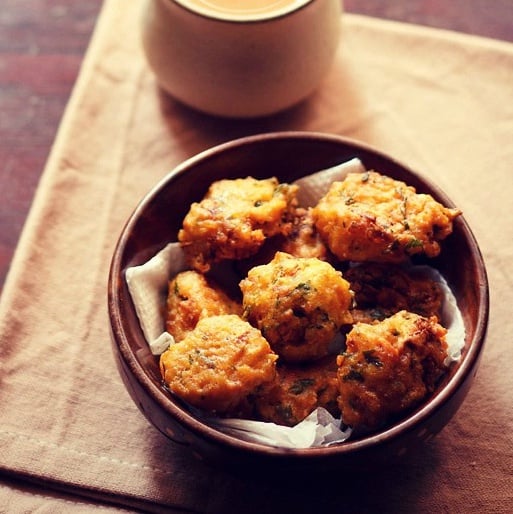
Ingredients:
- 1 cup organic basmati rice, soaked for 4-6 hours
- 1/2 cup chickpea flour (besan)
- 1/2 cup water
- 1 small onion, finely chopped
- 1 small potato, peeled and grated
- 1/2 cup spinach, chopped
- 1/2 teaspoon cumin seeds
- 1/2 teaspoon turmeric powder
- Salt to taste
- Oil for deep frying
Method:
- Drain the soaked rice and blend it with water to make a smooth batter.
- In a bowl, mix the rice batter with chickpea flour, onion, potato, spinach, cumin seeds, turmeric powder, and salt.
- Heat oil in a deep pan. Drop spoonful of the batter into the hot oil and fry until golden brown and crispy.
- Remove pakoras from the oil and drain on a paper towel. Serve hot with chutney.
2. Vegetable Biryani
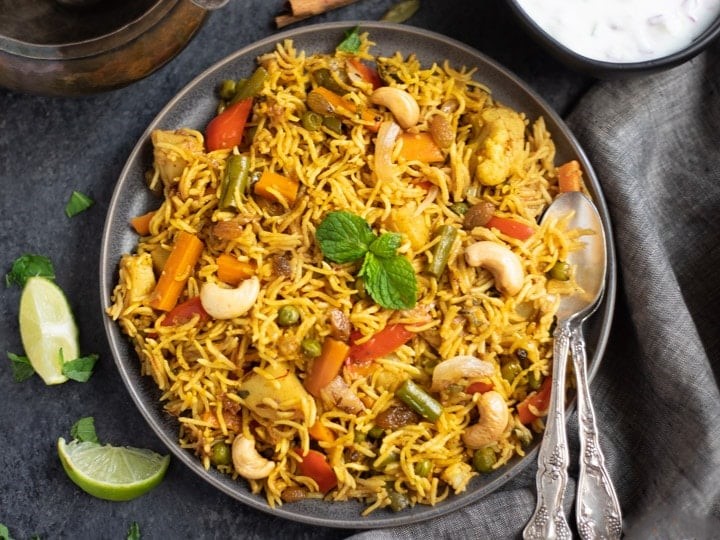
Ingredients:
- 1 cup organic basmati rice, soaked for 30 minutes
- 1 cup mixed vegetables (carrots, peas, beans, cauliflower), chopped
- 1 onion, sliced
- 1 tomato, chopped
- 2 green chilies, slit
- 1/2 cup yogurt
- 1/2 teaspoon turmeric powder
- 1 teaspoon garam masala
- Salt to taste
- 2 tablespoons oil
- 1 tablespoon ghee
- 2 cups water
- Fresh coriander leaves for garnish
Method:
- Heat oil and ghee in a pressure cooker. Add sliced onions and sauté until golden brown.
- Add chopped tomatoes, green chilies, turmeric powder, and garam masala. Cook until tomatoes are soft.
- Add mixed vegetables and sauté for a few minutes. Add yogurt and salt. Mix well.
- Drain the soaked rice and add it to the cooker. Add water and mix gently.
- Close the pressure cooker lid and cook for 2 whistles. Remove from heat and let the pressure release naturally.
- Open the lid, fluff the rice with a fork, and garnish with fresh coriander leaves. Serve hot with raita.
3. Dal Khichdi
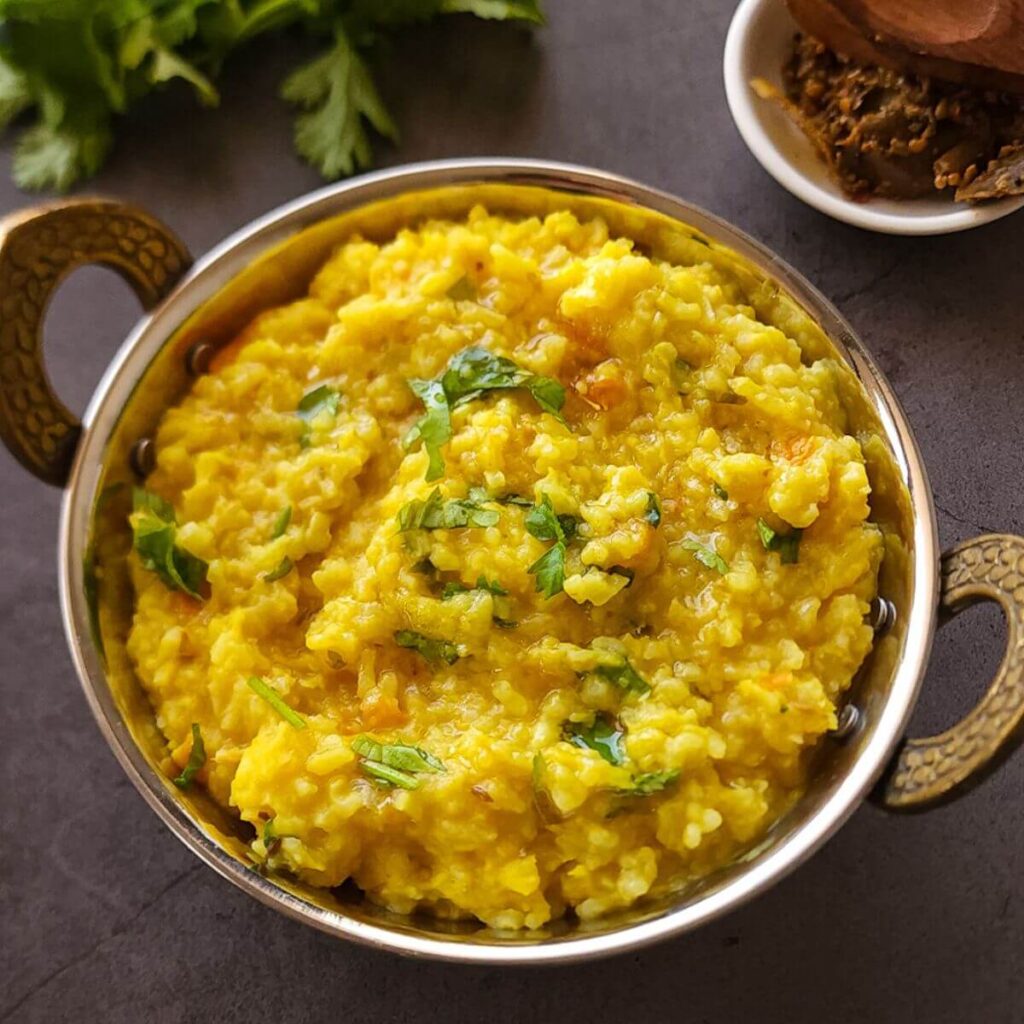
Ingredients:
- 1/2 cup organic basmati rice
- 1/2 cup split yellow moong dal
- 1 onion, chopped
- 1 tomato, chopped
- 1/2 teaspoon turmeric powder
- 1 teaspoon cumin seeds
- 1/2 teaspoon mustard seeds
- 2 tablespoons ghee
- Salt to taste
- Fresh coriander leaves for garnish
Method:
- Wash the rice and dal together and soak for 30 minutes.
- Heat ghee in a pressure cooker. Add cumin seeds and mustard seeds. Let them splutter.
- Add chopped onions and sauté until golden brown.
- Add chopped tomatoes, turmeric powder, and salt. Cook until tomatoes are soft.
- Add the soaked rice and dal. Add 3 cups of water and mix well.
- Close the pressure cooker lid and cook for 3 whistles. Remove from heat and let the pressure release naturally.
- Open the lid, garnish with fresh coriander leaves, and serve hot with pickle or yogurt.
4. Lemon Rice
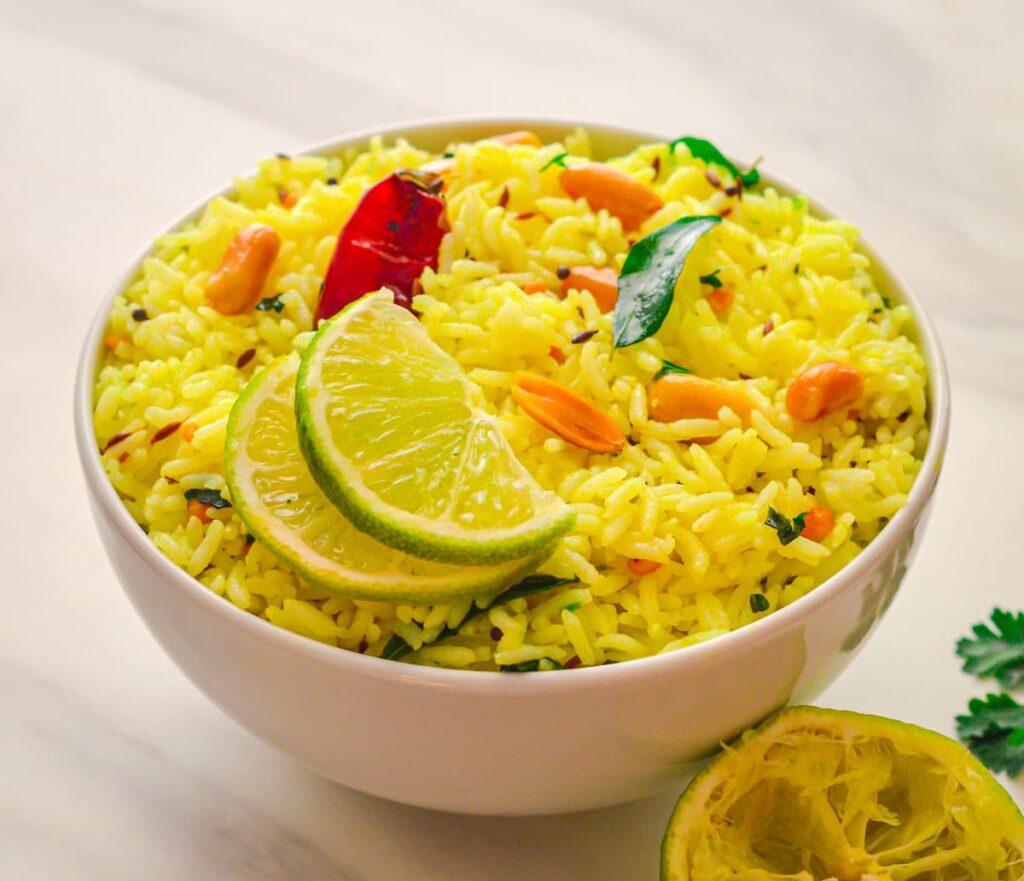
Ingredients:
- 1 cup organic basmati rice
- 2 tablespoons lemon juice
- 1/2 teaspoon mustard seeds
- 1/2 teaspoon turmeric powder
- 1/4 cup peanuts
- Curry leaves
- Salt, to taste
- Ghee or oil, for cooking
Method:
- Cook the rice and allow it to cool.
- In a pan, heat ghee or oil. Add mustard seeds, peanuts, and curry leaves.
- Add turmeric powder and sauté for a minute.
- Add cooked rice, lemon juice, and salt. Mix well and cook for 2-3 minutes. Serve hot.
5. Rice Kheer
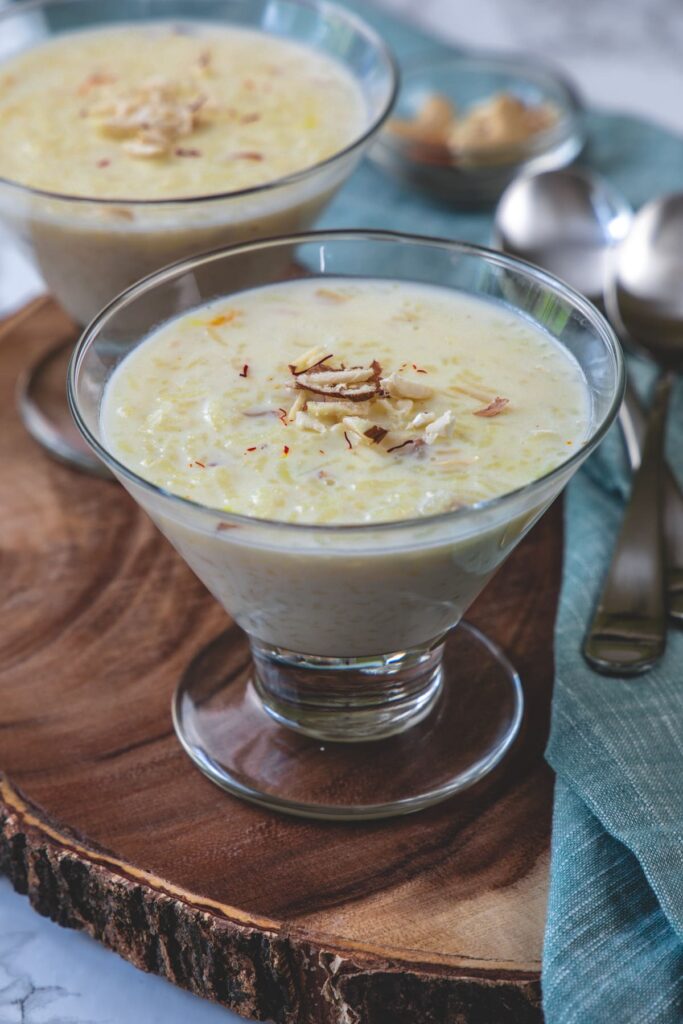
Ingredients:
- 1/2 cup organic basmati rice
- 1 Liter milk
- 1/2 cup sugar
- 1/4 cup mixed nuts (cashews, almonds, pistachios), chopped
- 1/2 teaspoon cardamom powder
- Saffron strands for garnish
Method:
- Wash the rice and soak for 30 minutes.
- In a heavy-bottomed pan, bring the milk to a boil. Add the soaked rice and simmer on low heat, stirring occasionally.
- Cook until the rice is soft and the milk has thickened, about 30-40 minutes.
- Add sugar, chopped nuts, and cardamom powder. Mix well and cook for another 5-10 minutes.
- Remove from heat and let it cool. Garnish with saffron strands. Serve warm or chilled.
6. Rice Ladoo
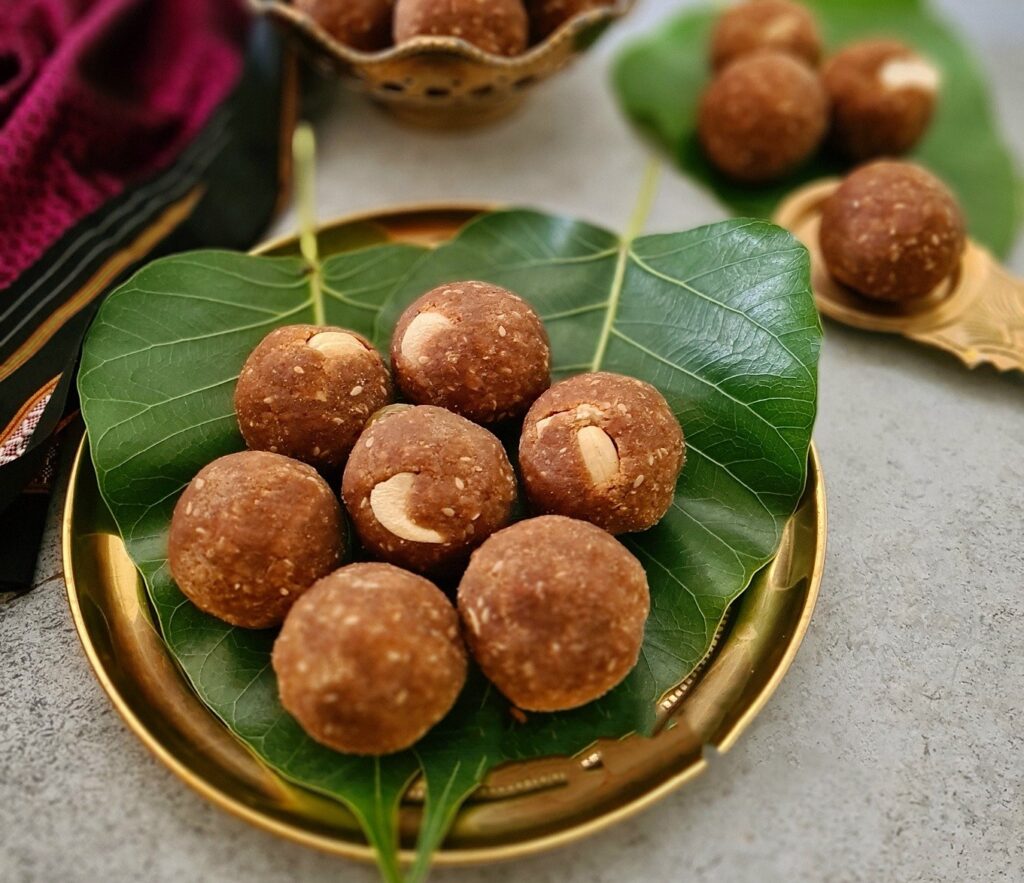
Ingredients:
- 1 cup organic basmati rice, soaked for 4-6 hours
- 1/2 cup jaggery, grated
- 1/4 cup coconut, grated
- 1/4 cup mixed nuts (cashews, almonds, pistachios), chopped
- 1/2 teaspoon cardamom powder
- Ghee for greasing
Method:
- Drain the soaked rice and blend it to a coarse paste without adding water.
- In a pan, dry roast the rice paste on low heat until it turns light golden brown.
- Add grated jaggery, grated coconut, chopped nuts, and cardamom powder. Mix well.
- Turn off the heat and let the mixture cool slightly.
- Grease your hands with ghee and shape the mixture into small balls (ladoos).
- Allow the ladoos to cool completely before serving.
Conclusion
Organic rice is a versatile ingredient that can be used in a variety of Indian recipes, from starters to main courses and desserts. Choosing organic rice offers health benefits such as avoiding chemical residues, potentially higher nutrient content, and supporting environmentally friendly farming practices.
Whether you’re making vegetable pakoras, vegetable biryani, dal khichdi, vegetable pulao, rice kheer, or rice ladoo, organic rice can elevate the taste and nutritional value of your dishes. Incorporating organic rice into your cooking not only enhances the flavor and texture of your meals but also contributes to a more sustainable and healthier lifestyle.


